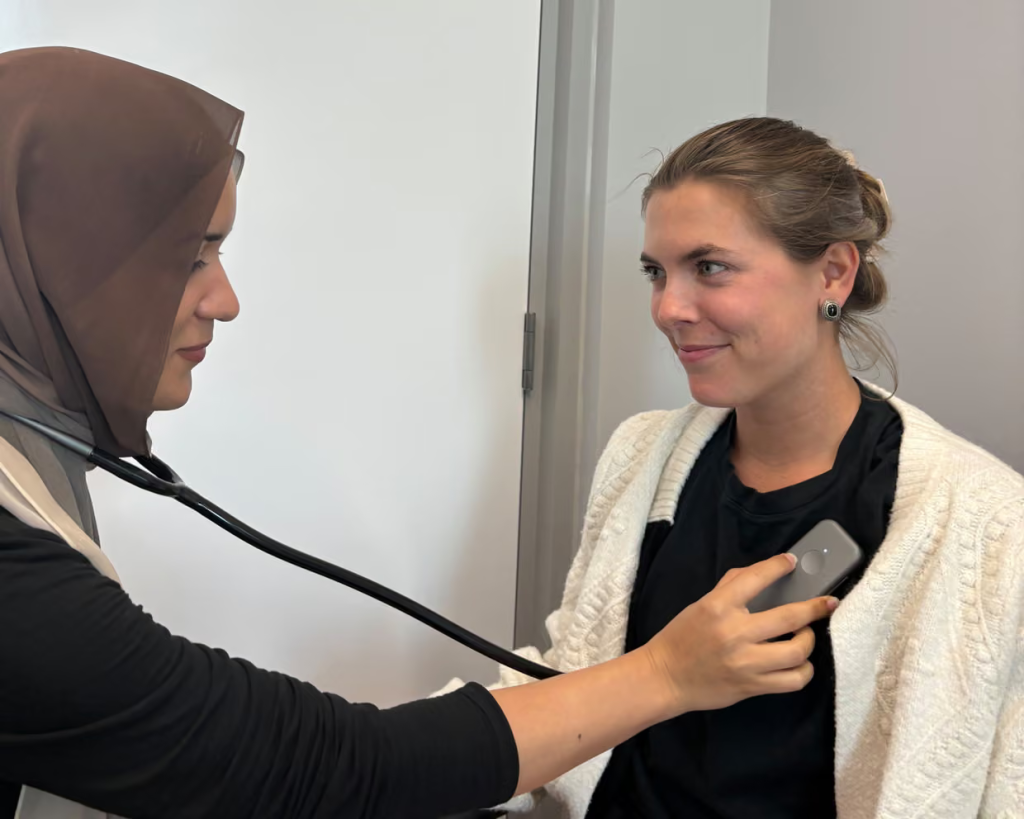For more than 200 years, doctors have relied on the humble stethoscope to listen to the heart.
But what if that familiar tool could do more than just listen—what if it could actually diagnose disease in seconds?
That’s exactly what researchers at Imperial College London have pulled off.
Their AI-powered stethoscope can spot three major heart problems—heart failure, valve disease, and abnormal rhythms—in just 15 seconds.
“The design of the stethoscope has been unchanged for 200 years – until now,” said Dr Patrik Bächtiger, who led the work.
How Does It Work?
About the size of a playing card, the device records both heart sounds and an instant ECG, then sends the data to the cloud.
There, AI algorithms detect subtle issues a human ear could never catch. The results pop up on a smartphone almost instantly.

In a trial of 12,000 patients, the tool doubled the chances of diagnosing heart failure and tripled the detection of atrial fibrillation.
Patients with valve disease were nearly twice as likely to be spotted early.
Of course, false alarms are possible—but experts say the benefits could be game-changing.
As Dr Mihir Kelshiker put it: “Most people are diagnosed when they’re already in A&E. This could change that.”
From a 19th-century invention to a 21st-century lifesaver—the stethoscope just got a heartbeat of its own.





